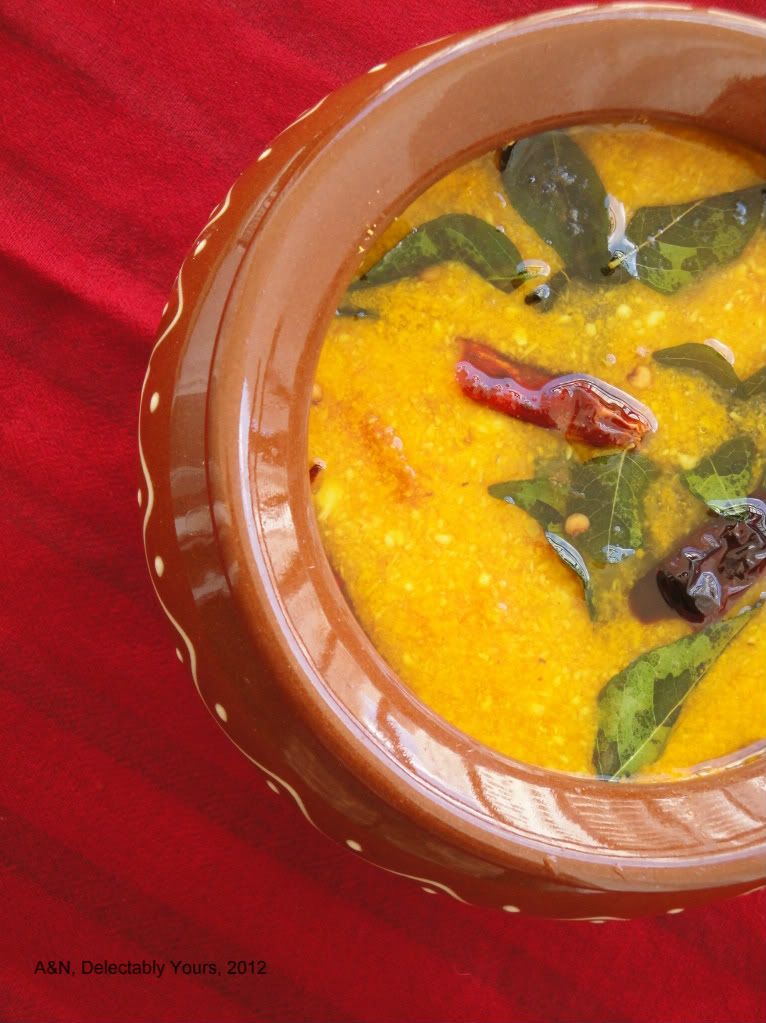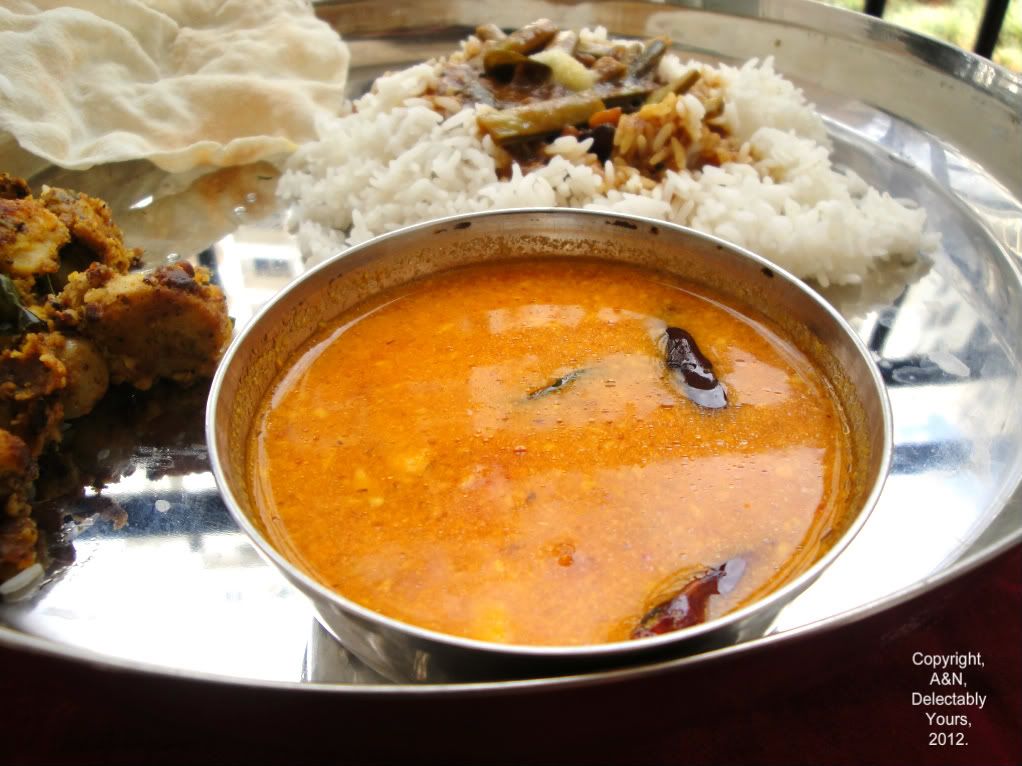You know your transition from US to India is complete when you start calling 'cookies' biscuits. There is no major story behind this post, except we baked these for N's dad. He is a connoisseur of baked goodies. But more importantly, he has diabetes but he doesn't behave like he has it. Fresh pineapple cake from Sweet Chariot, gulab jaamuns made by N's mother, butter cookies from Cakewaala, some of our muffins (that makes us accomplices in crime) are just the tip of the icesugarberg.
So we decided to be responsible (read ran out of sugar but promised to bake something for him) children and took these savory biscuits instead. This is pretty easy and quick to make. Probably takes about an hour to hour and a half from sifting the ingredients to getting about 30 biscuits out of the oven. Here's how we did it.
Ingredients (we made 29 cookies so we'll round it off to 30. You do a better job of cutting them OK?)
1/2 c oats
1/4 cup ground flax meal
2 tbsp cornmeal
2 tbsp aata
1/2 c melted (and cooled) butter
1/2 tsp baking powder
1/4 tsp baking soda
1/2 tbsp salt
a pinch of sugar
1/2 tsp chili powder
1/3 c roasted and chopped nuts (we used a mixture of almonds, cashew and pistachios)
1/2 c milk (if you're using already boiled milk in the fridge, make sure to add the malai/cream. Good way to use it :) )
1. Sift the dry ingredients together, twice. Add the chopped nuts and toss.
2. Add the wet ingredients and mix them until they come together. We use a hand beater for this. Knead a couple of times to bring everything together. Do not over-mix.
3. Shape this into an 8-9 inch disc and put it in a bowl. Cover it. Let it sit in the freezer for 20-30 mins. (It could sit there for 4-5 days but you'll have to thaw it a bit before step 4 & 5).
4. In the meantime, preheat oven to 180 C with a rack placed in the middle.
5. Remove the dough, roll it further and shape into a rectangle (or whatever shape), about 1/2" thick. Cut into rectangular pieces with a knife.
6. Line a cookie tray with aluminum foil sprinkled with some cornmeal. Place the cookies, leaving a 1/2" gap between two pieces. Bake for about 12-14 mins. Baking time varies from oven to oven and how thick the biscuits are, but for the last 2-3 mins of baking, turn both the top and bottom heaters on to make them nice and golden throughout.
7. Remove the biscuits and put them on a wire rack for cooling.
8. Repeat with the remaining pieces.
Pack them when they're lukewarm for your friends/family or just have some with chai. This recipe is quite versatile. You could use kasuri methi, cumin seeds, nigella seeds and even carom seeds/ajwain or pretty much anything to suit your taste. Go ahead, give them a shot!

















.jpg)
